To protect the environment, Nepal requires Everest climbers to pack up their "finished products" after using the toilet and bring them down the mountain for disposal.
Nepalese officials confirmed on February 9 that climbers must pack their “finished products” in plastic bags and take them down to base camp after using the restroom during their climb. The new rule was issued by the Pasang Lhamu municipality, which oversees much of the Nepalese side of Mount Everest.
Sherpa Mingma, chairman of Pasang Lhamu, said the mountain began to smell when climbers defecated and did not clean up. This had a negative impact on the local image.
Sherpa believes the decision is the right one, but admits it could make the journey more difficult for visitors. Sherpa Tashi, co-owner of Nepal Seven Summits Treks, said it was important to preserve the environment on Everest. He said similar rules were in place on other famous peaks such as Aconcagua, Vison and Denali.
Before the rule was introduced, for decades, climbers would bury feces in the ice, snow, or even leave it in the middle of the route. Ryan Waters, a guide with Mountain Professionals, said climbers could relieve themselves at different points along the route, depending on the base camp.
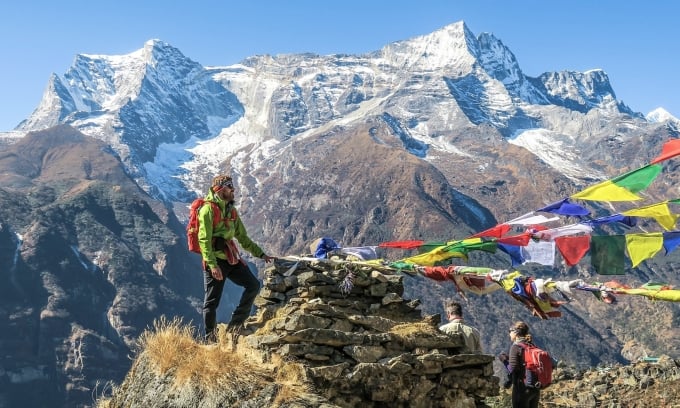
Base station area. Photo: Explorer's Passage
For example, at base camp (5,364 m), there are many toilet tents so climbers can use them easily. At base camp 1 (6,065 m), climbers often "go" into crevices or dig holes near the Khumbu glacier. At base camp 2 (6,400 m), teams often set up a toilet tent so they can "take care of themselves" and then pack it into a bag to bring down.
“Station 2 used to be a problem because that stuff just accumulated in the canyon and never went away. Now a lot of people are conscious of bringing bags and packing them up,” Waters said.
The situation at higher stations is even more serious because people do not want to waste their energy carrying the "trash" down. For example, at station 4 (7,950 m), the platform is frozen solid, making it impossible to dig holes like at lower stations.
The Sagarmatha Pollution Control Committee, which monitors Everest's environmental health index, estimates that about three tons of "human waste" is generated between stations 1 and 4. Over the past decade, the Nepalese government has increased the number of permits issued for climbing Everest each season. In 2014, the number was 250. Last year, that number rose to 454. Without changes, the amount of waste on the way to conquer Everest will increase.
Previously, Nepal required climbers and tour operators to clean up their trash when descending the mountain. They even collaborated with many famous brands to promote this issue. According to Waters, with the new regulation, he is considering the possibility of requiring visitors to bring waste bags down to the second station to gather before the company staff transport them down.
Hoai Anh (According to BBC, Outside Online )
Source link


![[Photo] Binh Trieu 1 Bridge has been completed, raised by 1.1m, and will open to traffic at the end of November.](https://vphoto.vietnam.vn/thumb/1200x675/vietnam/resource/IMAGE/2025/10/2/a6549e2a3b5848a1ba76a1ded6141fae)












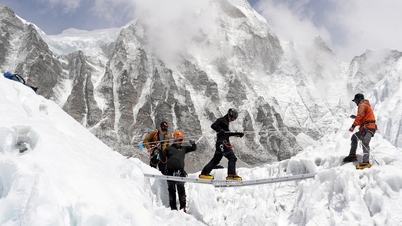










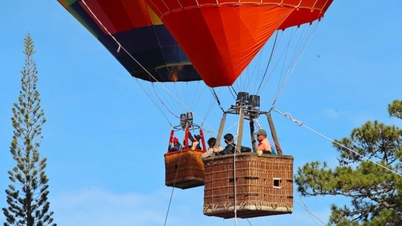









































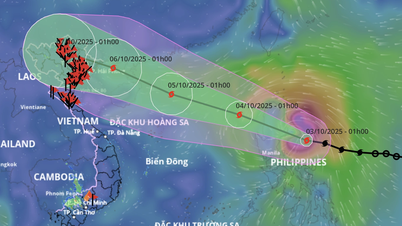








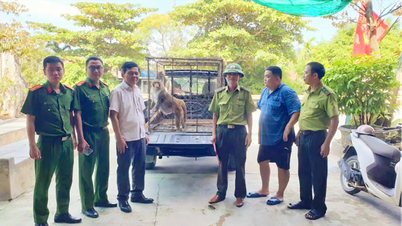

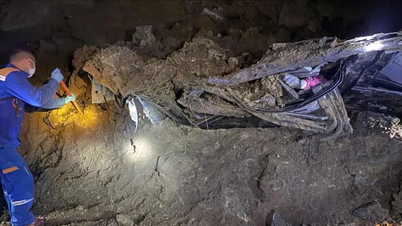






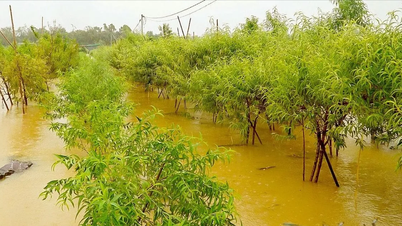













Comment (0)